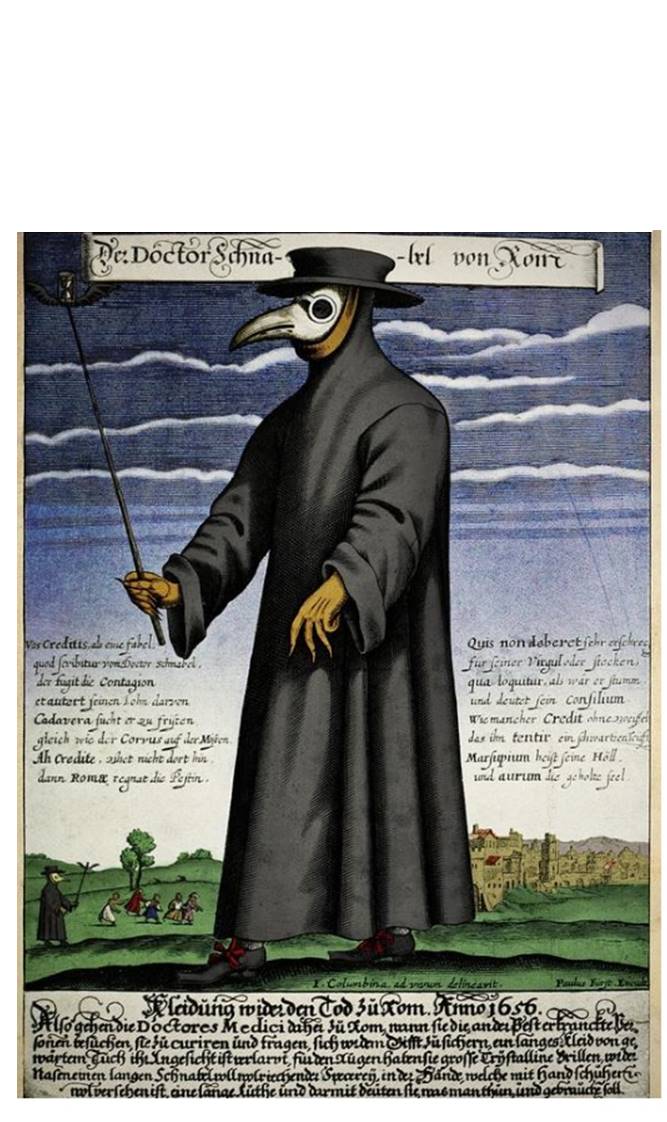Aftermath of vaccines – The first recorded COVID re-infection – American universities – The Sturgis motorcycle rally – The Republican Convention – Evening statistics
The reaction to the vaccines was worse than I expected. I had a low-grade fever during the night. It subsided in the morning, but left me feeling weak and listless. The areas where the shots were administered are still a bit inflamed and it was difficult for me earlier in the day to raise my arms completely over my head. These symptoms lessened as the day progressed, but I could do very little except to rest for most of the day. It is the worst reaction I can remember, although that may be due in part that I took three vaccines at once, instead of spacing them out over separate days.
But I am prepared to accept a temporary weakness if it will provide greater resistance to the COVID virus in the long run, to say nothing of the actual diseases that the vaccines are supposed to forestall. Today confirmation appeared of the first case of a man who contracted the virus a second time, five months after his first bout with the virus and subsequent recovery – proof positive, if any was needed, that an attack of the virus does not confer immunity. The experts say that re-infections will be relatively rare. The man in question did not have a strong anti-body response, although he had generated a sufficient amount to provide a measure of resistance: even though he tested positive for a second time, this latest attack has thus far been asymptomatic. It does mean, however, that when a COVID vaccine is developed, we will have to take it periodically, just as we now take the vaccines for flu and shingles.
In a development that seems to foretell a trend if our nation insists on having students reside on campuses instead of resorting to virtual instruction, the University of Alabama has reported more than 566 coronavirus cases across several campuses less than a week after starting the fall semester (about 1.5% of the student population). The administration implemented rigorous procedures for personal hygiene, face masks, and social distancing. Testing was performed frequently. It made no difference. The sad fact remains that enclosing people in a small area beyond a certain population density is bound to encourage a greater rate of infection, no matter how many precautions are taken.
And in this context I may mention that the results of the recent motorcycle rally in Sturgis are beginning to make their impact. At this point there are at least 103 COVID-19 cases, distributed among eight states, directly traceable to that event, and there will doubtless by more to come.
I believe I will let the Republican Convention play out instead of doing a day-by-day summary. I remarked earlier that the members of Trump’s immediate family do not, as rumor had it, constitute 50% of the speakers; but the number of his relatives is certainly very large. Yesterday the Convention featured Donald Trump Jr. and Kimberly Guilfoyle, his girlfriend; tonight will showcase Melania, Eric, and Tiffany Trump; Lara Trump (Eric’s wife) is the last speaker scheduled for tomorrow; and Thursday will round things off with Ivanka Trump. By some unaccountable oversight, 14-year old Barron Trump (who, as Wikipedia helpfully points out, is not to be confused with the Baron Trump novels published in the 1890s) was not included in the roster. And I rather regret that Mary Trump, his niece, does not plan to be present; I have no doubt that she could enliven the proceedings considerably.
Today’s statistics as of 8:00 PM – # of cases worldwide: 24,042,577; # of deaths worldwide: 822,481; # of cases U.S.: 5,954,705; # of deaths U.S.: 182,357. Less than 40,000 new cases, but more than 1,000 deaths today. India, incidentally, is having issues as well. For some time now its daily rate of new cases has exceeded that of both the U.S. and Brazil. Under-reporting may be on a very large scale: 20:1, according to some experts, which would mean that India’s actual case count is over 50,000,000. The death toll, however, is quite low: 43 per million, as opposed to 550 per million here.
